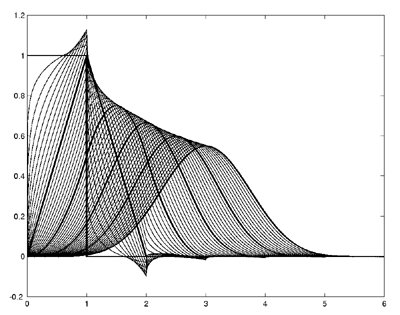[2] | T. Blu, M. Unser, "A Complete Family of Scaling Functions: The (α, τ)-Fractional Splines," Proceedings of the Twenty-Eighth IEEE International Conference on Acoustics, Speech, and Signal Processing (ICASSP'03), Hong Kong SAR, People's Republic of China, April 6-10, 2003, vol. VI, pp. 421-424.
|
[3] | M. Unser, T. Blu, "Wavelet Theory Demystified," IEEE Transactions on Signal Processing, vol. 51, no. 2, pp. 470-483, February 2003.
|
[5] | T. Blu, M. Unser, "The Fractional Spline Wavelet Transform: Definition and Implementation," Proceedings of the Twenty-Fifth IEEE International Conference on Acoustics, Speech, and Signal Processing (ICASSP'00), Istanbul, Turkey, June 5-9, 2000, vol. I, pp. 512-515.
|
[6] | M. Unser, T. Blu, "Fractional Wavelets, Derivatives, and Besov Spaces," Proceedings of the SPIE Conference on Mathematical Imaging: Wavelet Applications in Signal and Image Processing X, San Diego CA, USA, August 4-8, 2003, vol. 5207, part I, pp. 147-152.
|
|
